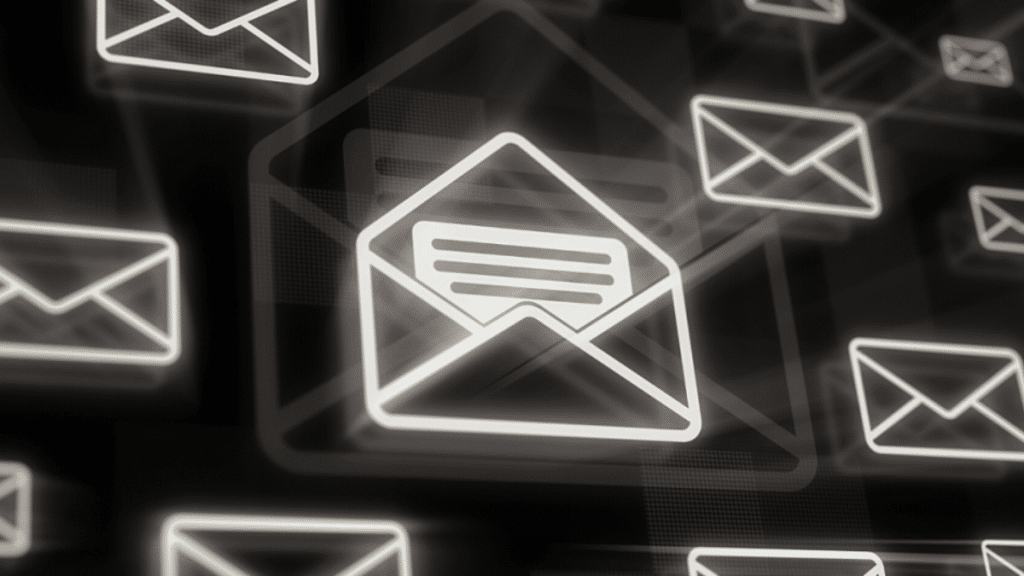Email has stood as the cornerstone of workplace communication for years, celebrated for its speed, reliability, and efficiency. Yet, somewhere along this journey, it transformed into a sterile instrument—a mere conduit for relaying information rather than a vibrant avenue for nurturing connections. Now, it’s time to breathe new life into email. Let’s envision it not merely as a transactional tool, but as a dynamic platform for fostering genuine relationships and cultivating a sense of community.
From Transactional to Relational
Most emails today are short, cold, and to the point. “Dear team,” followed by a list of updates, ending with a logo and auto-signature. It gets the job done, but it rarely makes anyone feel heard, appreciated, or part of something larger.
What if you shifted your approach? Instead of using email solely to convey facts and instructions, you can use it to build trust, encourage engagement, and foster a sense of community. After all, behind every inbox is a person—not just a task list.
Make It Personal
One of the easiest ways to start reimagining email is to focus on personalization. Simple changes—like using a recipient’s name, referencing recent achievements, or inviting feedback—can make messages feel more human. Think about the tone, too. Does the message sound robotic or genuine? A conversational tone helps build rapport, especially in companies with limited face-to-face interaction.
Timing and Visuals Matter
The timing of your message affects how it’s received. Avoiding peak inbox hours and choosing optimal times for different teams can improve engagement. Similarly, visuals—like headers, banners, and icons—break up dense text and highlight key points. They make emails easier to read and more enjoyable to engage with.
Using the Right Tools
Modern email communication tools allow you to go beyond simple newsletters. You can segment audiences, personalize content, and analyze engagement metrics to refine your messaging strategy. These platforms make it easier to treat email as a dialogue rather than a one-way broadcast.
For example, you can track which links are clicked, test different subject lines, and schedule content based on past engagement data. This insight allows for smarter, more meaningful interactions.
Building Culture, One Message at a Time
Email can also play a central role in building company culture. Leadership updates can include personal anecdotes or reflections. Routine announcements can spotlight team wins or upcoming birthdays. Even meeting invites can be an opportunity to bring energy and encouragement.
In a world where hybrid and remote work are the norm, organizations need more than just communication—they need connection. And email, when used with care, can deliver just that.
Final Thoughts
The future of workplace communication transcends the mere act of sending a flurry of emails; it’s about crafting messages that resonate deeply and foster genuine connections. When you approach each email as an opportunity to engage, you shift your mindset from mere transactions to transformative interactions.
Imagine email not just as a functional tool, but as a dynamic bridge that gradually pulls your team together, thread by thread, message by message. Let each correspondence forge a deeper bond, creating a tapestry of understanding and collaboration that enriches the entire workspace.
